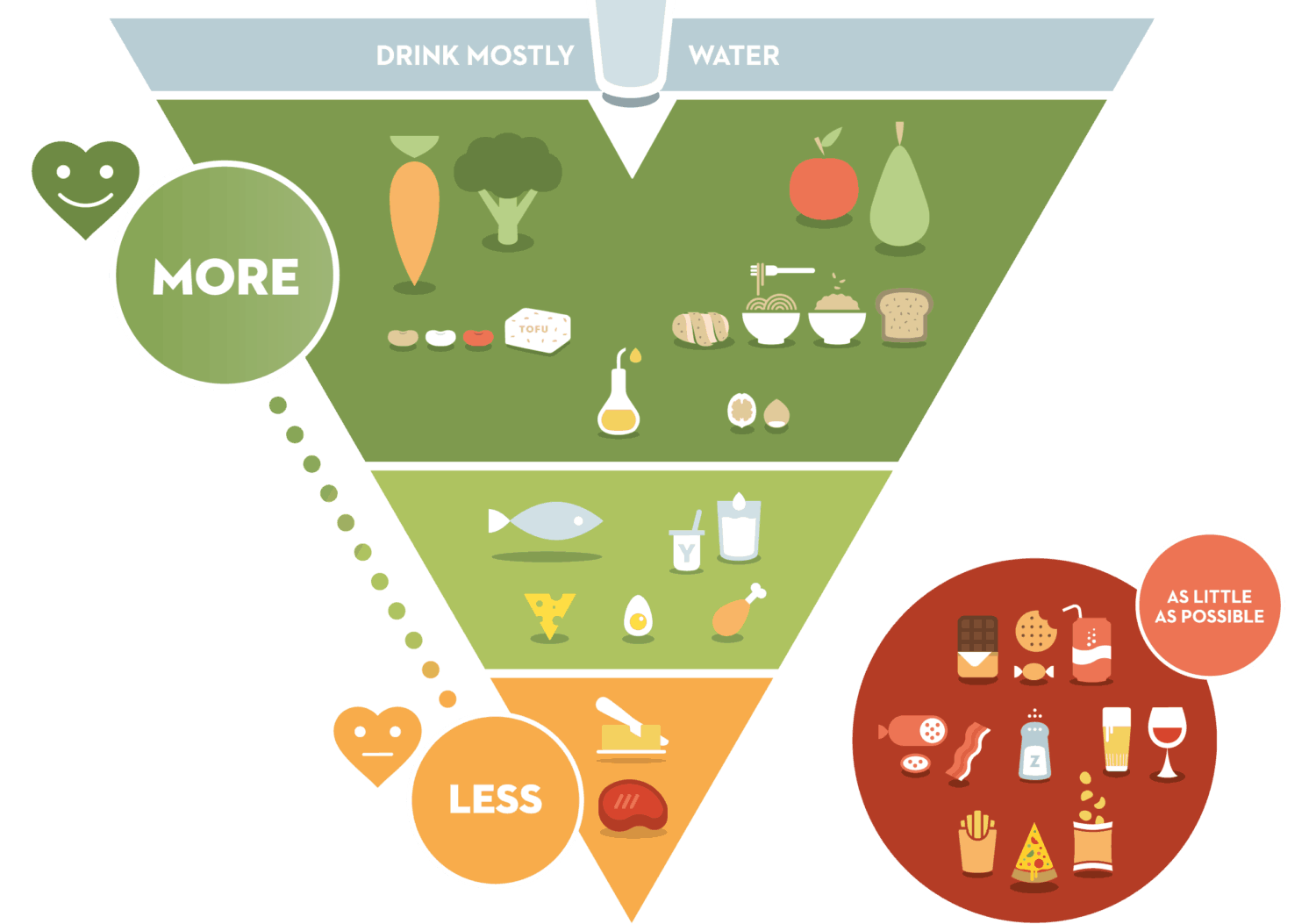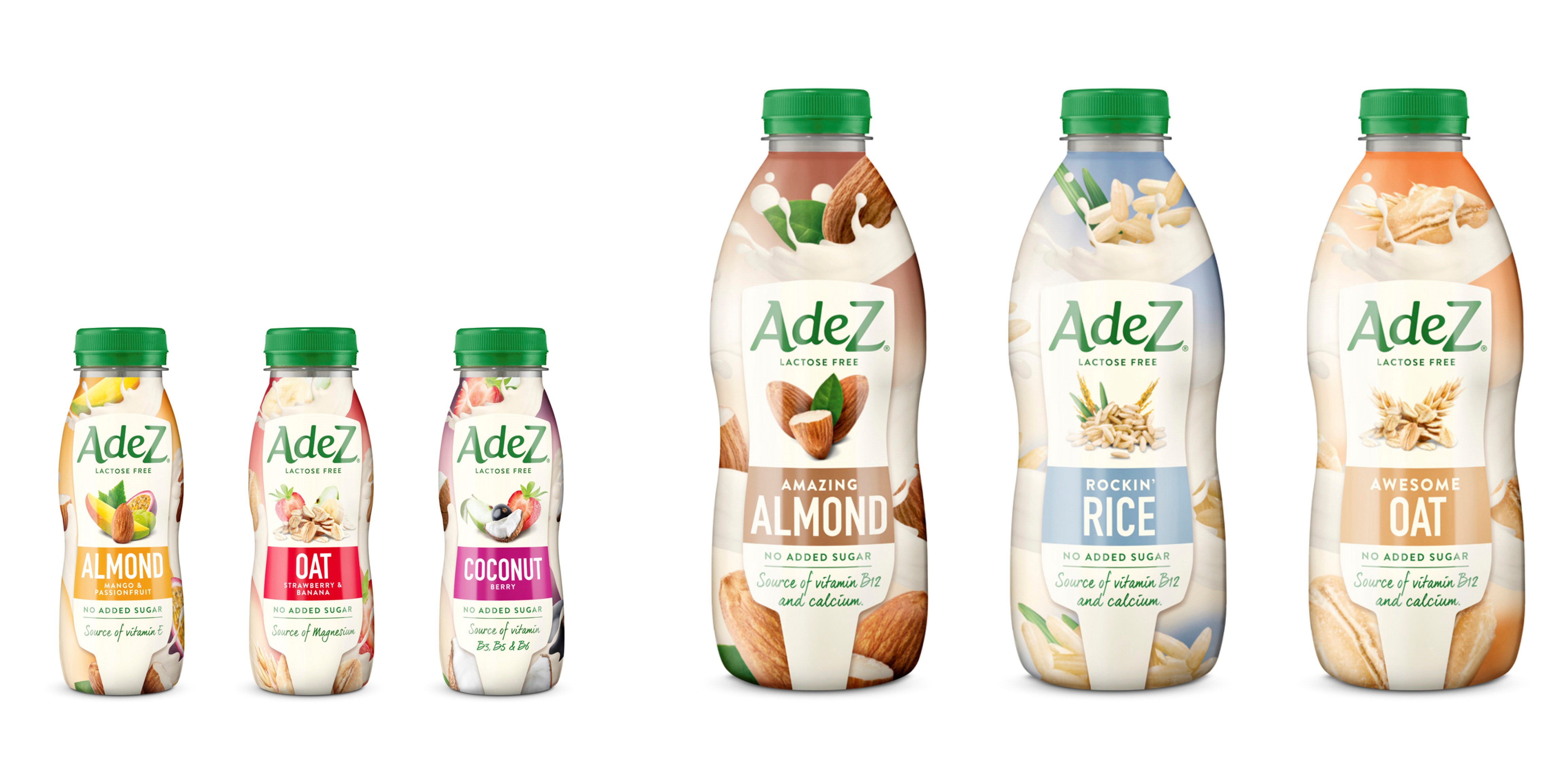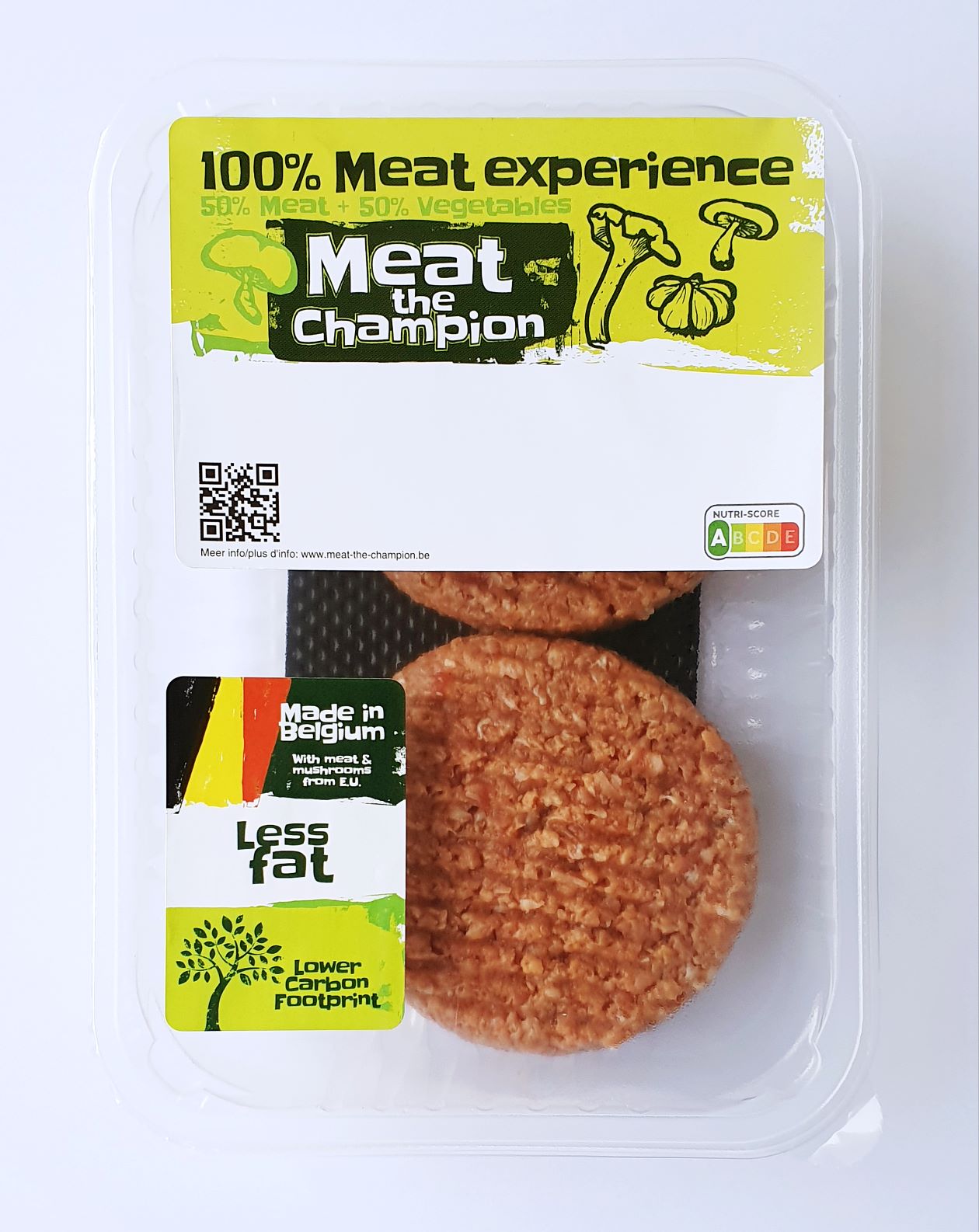


Consumer perception of food products is a prerequisite that food companies should certainly be aware of and consider in the product-development process. It often faces them with a dilemma. “One of that perception’s main influencers is the communication put out by the consumer health and food authorities.
They mean well with their recommendations, but sometimes distort the truth", says Koen Dewettinck, head of Ghent University's Food Structure and Function Research Group. Koen Dewettinck cites the food triangle as an example. “While it contains good recommendations, so-called ultra-processed products are to be avoided as much as possible. The question is, what sort of products are we talking about? And that's where the problem lies.” The professor is referring to the controversial Nova Food Classification system, embraced more by the food experts than the food technologists.

The Nova Food Classification system divides foods into 4 categories: 1) unprocessed or minimally processed foods, 2) processed culinary ingredients, 3) processed foods and 4) ultra-processed foods. The classification ignores intrinsic nutritional value.
The Nova Food Classification System
Group 1 covers physical processes such as pasteurisation, filtration and fractionation. Group 2 contains things like preservatives, as well as salt, sugar, butter, honey and maple syrup. Group 3 covers products containing two or three ingredients from group 2. Group 4 covers products with a broad range of ingredients, additives included.

“Apparently, besides the degree of processing, the number of ingredients also affects the Nova Food Classification. At the very least, that strikes me as dangerous.” Dewettinck illustrates this with two compelling products from group 4: ice cream and margarine. Surprising. “What is wrong with multiple-ingredient products or certain additives?” The professor tells us that this is diametrically opposed to the present-day development of new and reformulated food products and sustainable by-product revalorisation. "I get the impression that the Nova Food Classification is more about the complexity of the composition and whether the raw materials retain their structural integrity, than about the intrinsic nutritional value of so-called (ultra) processed foods."
Nutri-Score, Nova and Mortality
Here, the professor is referring to a recent publication (August 2022) in the BMJ scientific journal, published by the British Medical Association. Entitled ‘Joint association of food nutritional profile by Nutri-Score front-of-pack label and ultra-processed food intake with mortality’, it concerns a cohort study linking certain nutritional patterns and eating habits to the risk of chronic/degenerative disease. "The publication was soon picked up by the international, online Food Navigator journal. The title of the article, which is clearly not subtle, reads "Ultra-processed food, not nutritional composition, 'paramount' to risk of mortality". It puts the treatment and processing of food in a very poor light, and this is unwarranted", says Dewettinck.

Of the study in the BMJ, a respected science journal, he says: "I don’t question the statistical basis of this study's results. The study attempted to establish a statistical link between the two classification systems (Editor’s note: Nova and Nutri–Score), but we should maintain a highly critical view of its interpretation. All studies are carried out under a given set of preconditions, such as the assumptions of certain classification systems. If there are issues with these classification systems, at the very least the results should be viewed with scepticism. Another significant limitation is that the research deals with statistical correlations, not causal relationships, as Food Navigator at least suggests."
More information:
Joint association of food nutritional profile by Nutri-Score front-of-pack label and ultra-processed food intake with mortality: Moli-sani prospective cohort study, BMJ, Augustus 2022

“It is always advisable to maintain a critical perspective on your own products and adjust them to contemporary needs where necessary”, emphasises Marijke Adriaens, CEO of frozen food company Fribona. “For consumers, taste is still the main consideration. It is essential to work towards a product that is, above all, tasty and visually appealing.”...

Scientists from KU Leuven have discovered how oil penetrates snacks during and after the frying process. Recent research findings point to advanced frying techniques that reduce oil absorption, as well as innovative methods to limit oil uptake during the cooling phase. This paves the way for the development of healthier snacks without compromising...

Food companies are increasingly targeting a wider range of consumer groups. Speaking at an event organised by Fenavian, Julian Mellentin of New Nutrition Business said this strategy offers significant opportunities to respond to the diverse health needs and interests of today’s consumers. “Consumers enjoy both animal and plant-based proteins”, he...

Backed by financial partners, Start it @KBC is launching the accelerator programme Scale it Agro, aimed at scale-ups offering sustainable and innovative agricultural solutions for agriculture and horticulture businesses. Kjell Clarysse, programme director at Scale it Agro, goes into more detail.